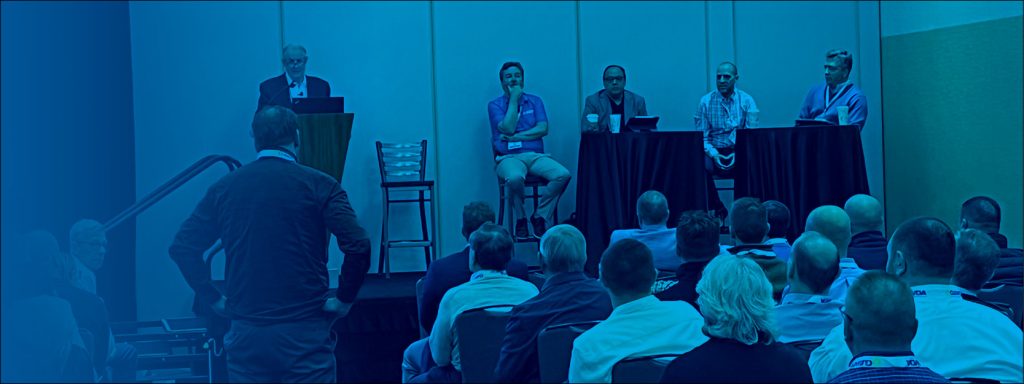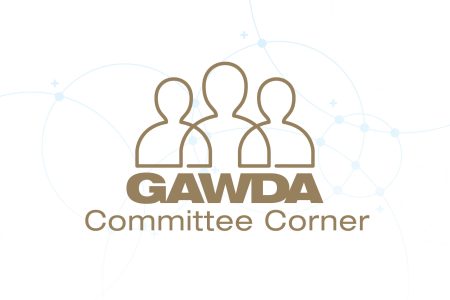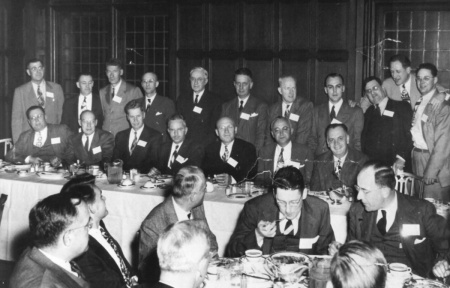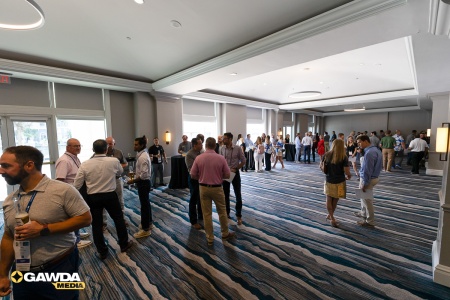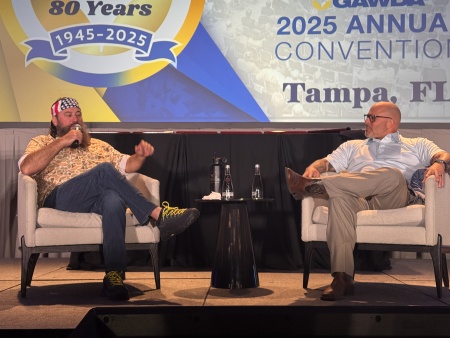By Ken Thompson
Kudos to GAWDA President Bob Ewing and his SMC organizing partners for a solid Indianapolis Spring Management Conference! GAWDA’s value is defined by its business-related content and the amazing networking opportunities that allow the content to be discussed, exchanged, and absorbed by so many.
Three subjects quickly surfaced as the “hot button” topics that appeared in every distributors’ note pads. First, the rapidly expanding space in which the distributor manages the wide horizon of gases from atmosphere to user. Next, solutions surfacing that permit distributors to level the field in the electronic paths to markets for their equipment and hard goods supplies. And finally, the mentoring of management succession opportunities previously confined to a limited number of family offspring.
This article will address two of these observations: distributors view of the changing landscapes in the gases side of their businesses, and the rapid developments in the ecommerce relationships across the supply chain. Development of “Business Ownership Succession” and the 2022 GAWDA theme of “Leaders Mentoring Leaders” will be reserved to align with the Annual Convention Program that will focus on the amazing interactions taking place across so many of these family-owned companies.
For the purpose of this discussion, let’s assume that the vast majority of the packaged gases distributor community realize an equal amount of revenue dollars from gas-related products and services and hard goods sales and services. A few percentage points on one side or the other will make little difference for most distributorships.
For many years, the global gases companies provided their distributor partners with cylinders filled with the most basic industrial gases, charged for cylinder usage (demurrage), and allowed a small discount as the distributor delivered the product to small end-users. These arrangements were all secured by “Requirements Contracts” that guaranteed exclusive distribution “rights” between the producer and their “agent.” Fast forward nearly 80 years and, today, distributors hold equity positions in air separation, CO2 production, sophisticated specialty gases blending, dry ice manufacturing, and manage every conceivable facet of cryogenic and gas products distribution.
Today, a distributor’s tanker or tube trailer will pick up a cryogenic or pressurized product from the nearest spigot, deliver it in the most efficient and cost-effective manner to the end user, serving the account under any number of contract variables. More than likely, these product fulfillment arrangements are managed by accurate telemetry protocols that connect the user with the distributor and producer to provide timely automated replenishment under the most favorable circumstances.
The independent packaged gases distributor now reasons that the global producers will initiate and continue sophisticated scientific R&D into renewable energy, expansion of medical gases uses and protocols, and partnerships with energy companies to locate and develop energy producing natural resources. Former priorities to simply build and sell out ASUs have been supplemented with far more necessary and rewarding global challenges.
From a commercial and business model standpoint, greater shareholder value will be realized, as global companies contribute to solving the world’s renewable energy needs. More routine tasks like separating molecules, liquifying them, and managing distribution are rapidly becoming engrained within skillsets of regional packaged gases distributors, or consortiums thereof.
As a result, conversations among a growing number of distributors include: “Are there opportunities for equity positions in gases production, liquification, or processing?” “Should I consider multiple take or pay product agreements?” “Should I invest in cryogenic and pressurized transport assets to independently manage bulk gases logistics?” “Should I position myself to wholesale gas products to smaller and willing independent distributors within my logistical footprint?” “Am I exposing myself to leveraging risk for future availability and pricing of helium, hydrogen, or rare gases if I expand the desire for greater independence?” “Where is the dividing line in defining a PARTNERSHIP vs. COMPETITIVE ADVERSITY?”
While digesting the structural changes in gases production, packaging, and delivery has been more deliberate in developing, changes in processing the movement of hard goods products through the supply chain occurred at lightning speed. The use of internet processing of B2C orders has become a part of today’s lifestyle. A computer screen and a credit card will allow a buyer to get just about any product one can imagine. COVID changed all urgency the commercial world. Connectivity, platform design, and content placement all became high priority projects. It also became clear that a firm’s IT staff, skilled at replacing printer cartridges, didn’t have a clue on how to build an ecommerce model. Companies hired IT professionals from any background – welding and gases related hard goods knowledge was not a prerequisite. Internet process and marketing consulting companies were building a long “wait list,” Software salespeople were everywhere. Webinars, Zoom, Teams, and a long list of online sessions filled many days.
Some order would be restored as companies in the welding and gases distribution vertical would learn from other distribution disciplines’ experience. Office supplies, Jan/San, and some MROs had built a decent record of progress. Modeling after these, securing senior management commitments, and organizing teams to approach the varying elements of a B2B business model began taking shape. First introduced to a GAWDA audience at the 2021 Nashville SMC, models surfacing a year later in Indianapolis suggest remarkable progress.
ERP providers in the gases and welding space understand the needs of the respective clients have expanded to incorporate connectivity to the ecommerce front end while preserving asset management, inventory control, discreet pricing, and transactional history. Without these basic connectivity functions, there was no incentive for an end user to even consider a supply chain relationship. The realization also surfaced that the other most important part of an ecommerce relationship is PRODUCT CONTENT. Without rich, syndicated content, a user finds little value in using the site for product searches.
The content is owned by the manufacturer, often must be animated and configurative, and must have the ability to transfer through a distribution partner’s system without any dilution of the display. Dashboards are now in place to measure content quality in the path from origin to the users’ screen.
As registrants departed Indianapolis, exchanges were frequent. “I am too small to invest is this much sophistication – how can I hope to participate?” “Does my current IT system have capacity to upgrade to these higher levels?” “Where do I start?” “Where can I find a reliable consulting firm that will instruct our people through this process?” “Will our Sales Force support this method of doing business – will they feel threatened?” “How can I differentiate myself from Amazon, Zoro, Fastenal, or others already selling my products from third party sources?” “I have some ‘private brand’ products, how do I market those? Am I responsible for this content design?”
The “good news” is that today there are roughly three dozen Packaged Gases and Welding Supply distributors engaged at various levels of ecommerce integration with their customers. More go live with each passing month. If GAWDA is the “Keeper of the Knowledge,” and the association continues to provide the networking platform for exchange, many answers to a colleague’s questions are simply a phone call away.
GREAT CONTENT in Indianapolis – leaving no question that take home VALUE is high on everyone’s charts. Shifting sands in gases, ecommerce, and mentoring for the ‘rising stars’ – the future of our Industry – WELL DONE, GAWDA!



